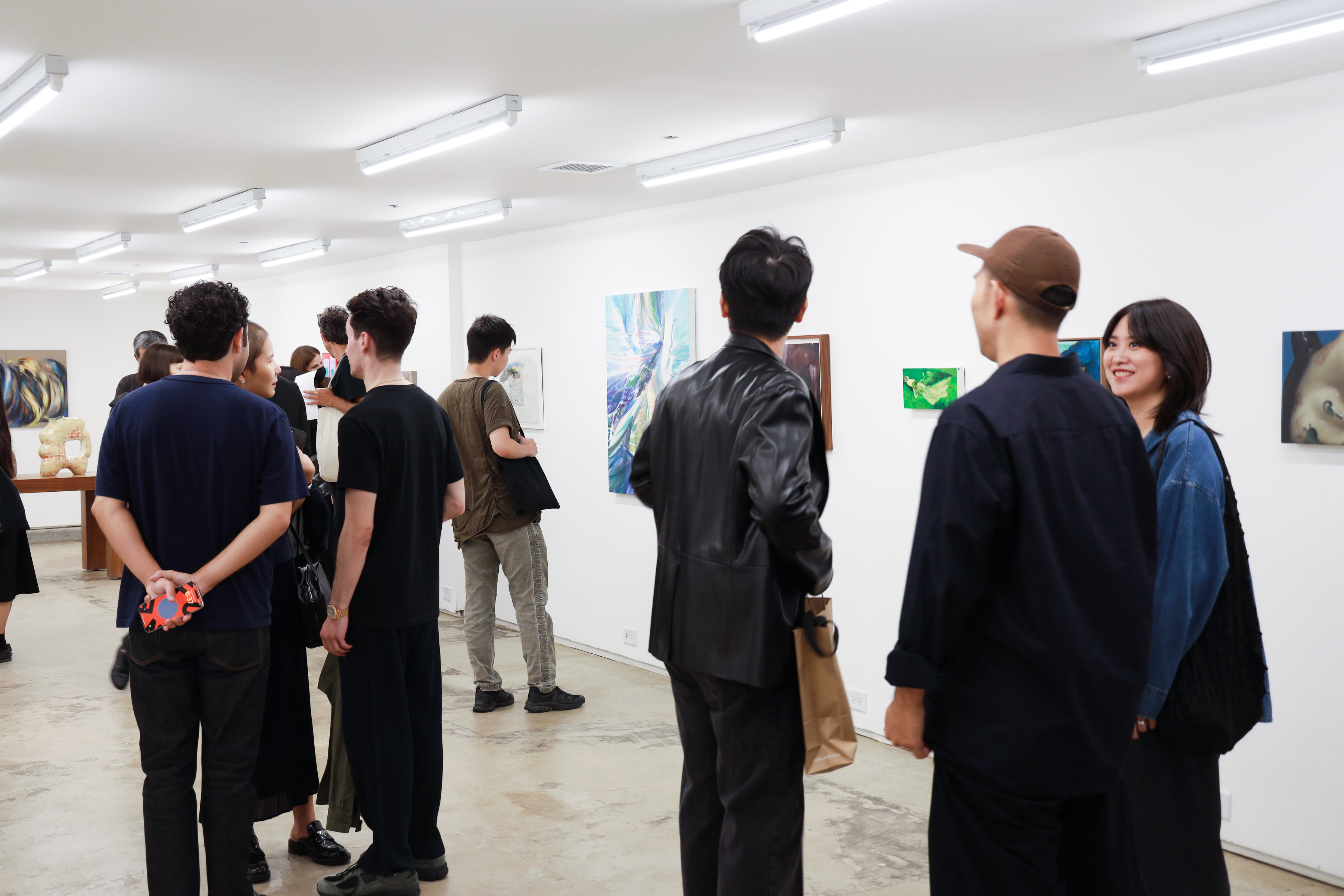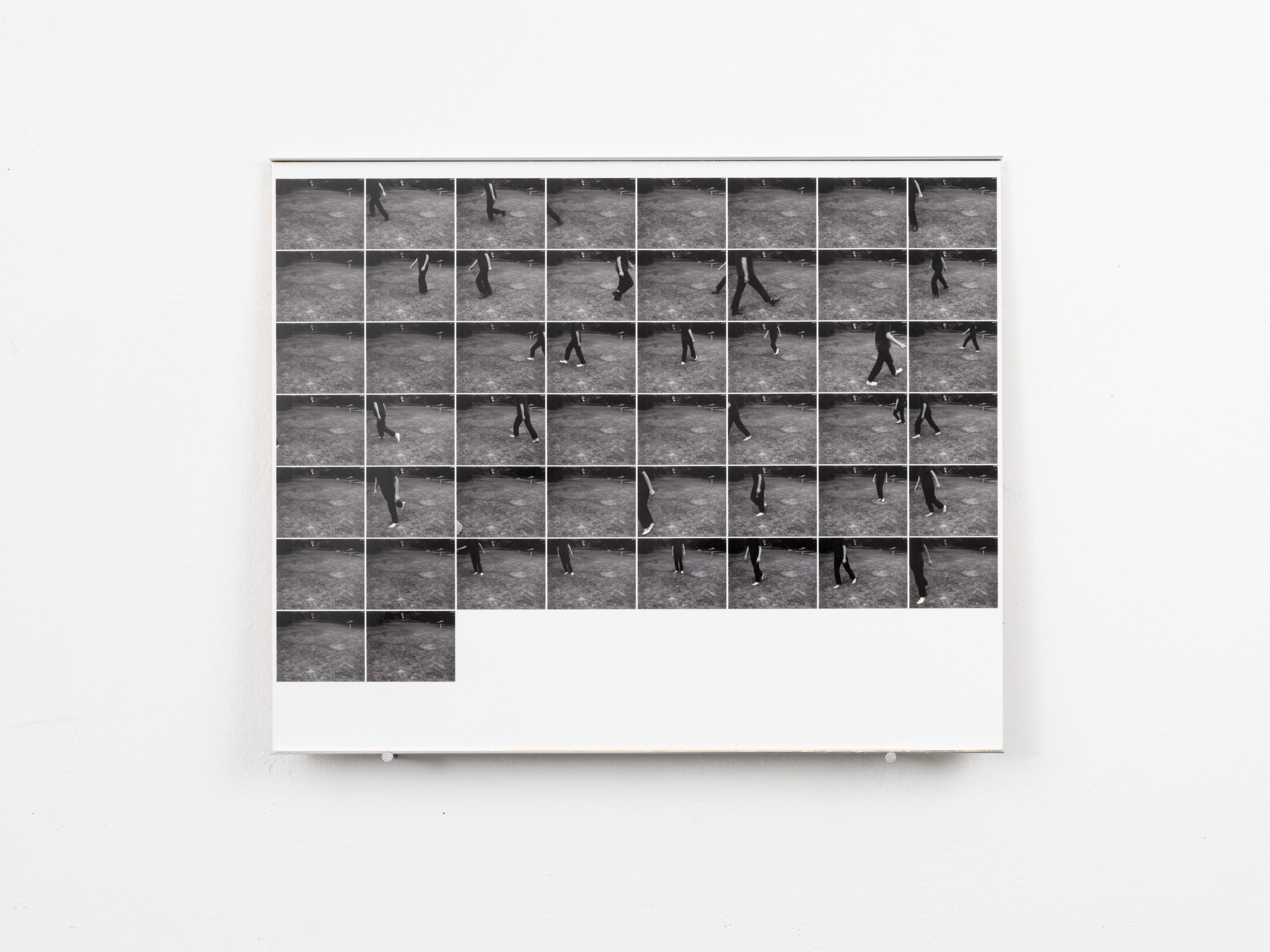Observe anything that has been cultivated by humans, and you can see colour.
At first glance, these colour choices – in art, in advertisements, in album covers – may seem random. But in the pairing of crimson with green, of blue hues with tanned orange, these are deliberate choices that have been made by the creator. This is a conscious choice for the created to be aesthetically pleasing, to draw in the human eye.
This is known as colour theory. The origins of colour theory can be traced back to Goethe’s 1810 ‘Theory of Colours’, in which he explored the idea that certain colours contrasted or clashed, while others paired together. This was interpreted in Isaac Newton’s colour wheel, his scientific and metaphysical approach clearly defining each colour by where they best complemented one another.
The idea that there is a scientifically correct way that colour should be used is an idea we take for granted. We are taught from a young age, where colour makes up the paints we play with and the pencils we pick up, that there are primary and secondary colours. Purple and yellow go together, yellow and orange don’t.

But where do these notions of colour harmony actually originate from? Outside of Goethe and Newton’s notebooks, we can look to nature for a perfect colour palette. A verdant pine tree blends with the sky and grass below it, as the differences in shade compliment one another. The extent to which we can artificially curate this is debatable.
There are certain colours that are subconsciously more appealing than others because of their connotations – the product of pop culture and literature. Dark red – thanks to Bronte’s red room in Jane Eyre, Steinbeck’s characterisation of the unnamed Curly’s Wife, and more recently Steve Lacy’s single – comes with associations of passion and dark seduction. No artist or writer in the modern day can describe using colour without an awareness of the connotations they bring.
As if there were such clear-cut boundaries upon which are considered aesthetic or not. Even in the colour wheel, only certain colours match. The existence of these boundaries can be seen to prevent creativity and free expression in favour of a specific aesthetic, one that suits the technicalities of colour theory.
Perhaps it is worth noting how we would benefit from an artistic vision that is not guided by set creativity and limited cultivation. This is what is known as ‘DUMP AND PLAY’, the means through which children are introduced to when they are first encouraged to be creative. It is messy, with a focus on exploration. Design is for fun, not for aesthetics.
A shift towards an artistic ‘DUMP AND PLAY’ approach has the potential to liberate us.






